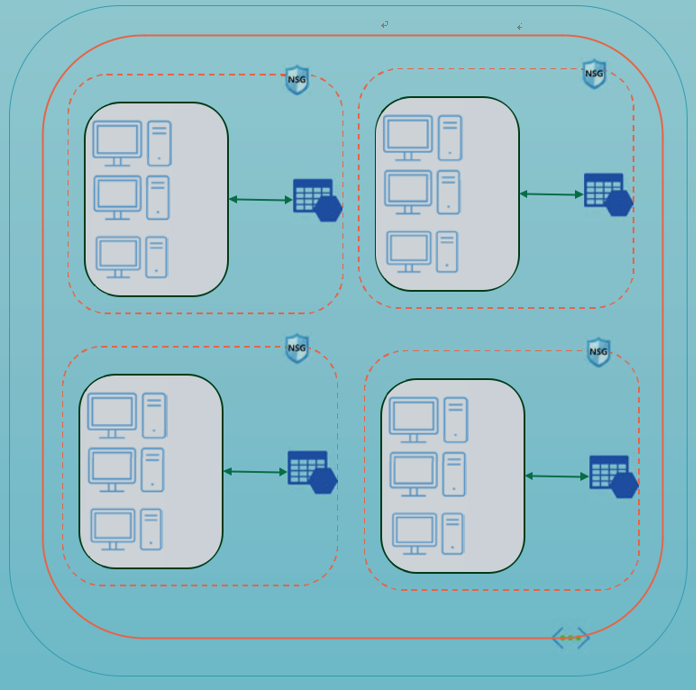Profile Storage Performance Requirements – Implement and Manage FSLogix
Profile Storage Performance Requirements
FSLogix depends on the storage type used for the user profile VHDx files, as well as on the host pool location and storage location.
Profile storage IOPS needs to be considered and calculated properly for all users while selecting profile storage. For example, you may need around 1,000 input/output operations per second (IOPS) for 100 users, and around 5,000 IOPS during sign-in and sign-out. If you increase the number of users or if many users log in during a short period of time creating a log-in storm, then it will impact the Azure Virtual Desktop performance.
Storage Options for FSLogix Profile Containers
Azure offers multiple storage solutions that you can use to store your FSLogix user profile container. Azure recommends storing FSLogix profile containers on Azure Files or Azure NetApp Files for most customer scenarios. Check Chapter 3 for the difference between Azure Files and Azure NetApp Files before you select the profile storage solution for your organization.
Azure NetApp Files has been proven to be a great managed storage solution for FSLogix user profiles and Azure Virtual Desktop. The low latency and high amount of IOPS is a great combination for enterprises at scale.
Azure File Share Best Practices for Pooled User Profile Storage
Azure Virtual Desktop offers full control over the size, type, and count of VMs so that the customer can configure Azure Virtual Desktop based on their requirements, but at the same time the customer has to follow all the best practices for a better user experience. See Figure 6-2. The following are the best practices for using an Azure file share for pooled user profile storage.

Figure 6-2. FSLogix user profile storage best practices (profile storage per host pool)
•\ The Azure Files storage account must be in the same region (and data center) as the session host VMs.
•\ Azure Virtual Desktop users must have the minimum Storage File Data SMB Share Contributor permissions on Azure Files (refer to Chapter 5 for details).
•\ Each session host from the same host pool must be built of the same type, size, and master image.
•\ Exclude the VHD(x) files for profile containers from antivirus scanning to avoid performance bottlenecks.
•\ Separate the user profile storage per host pool, while having two active sessions.
